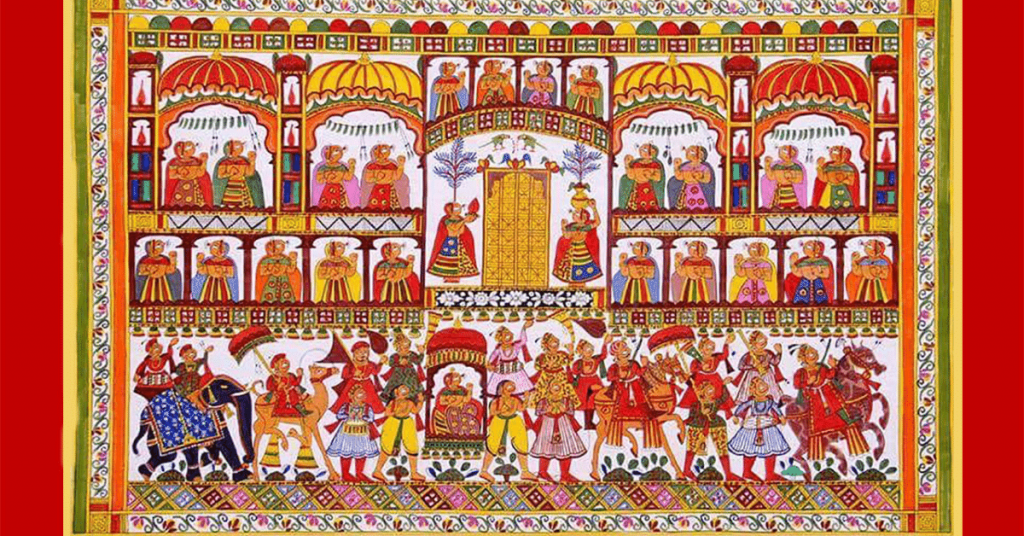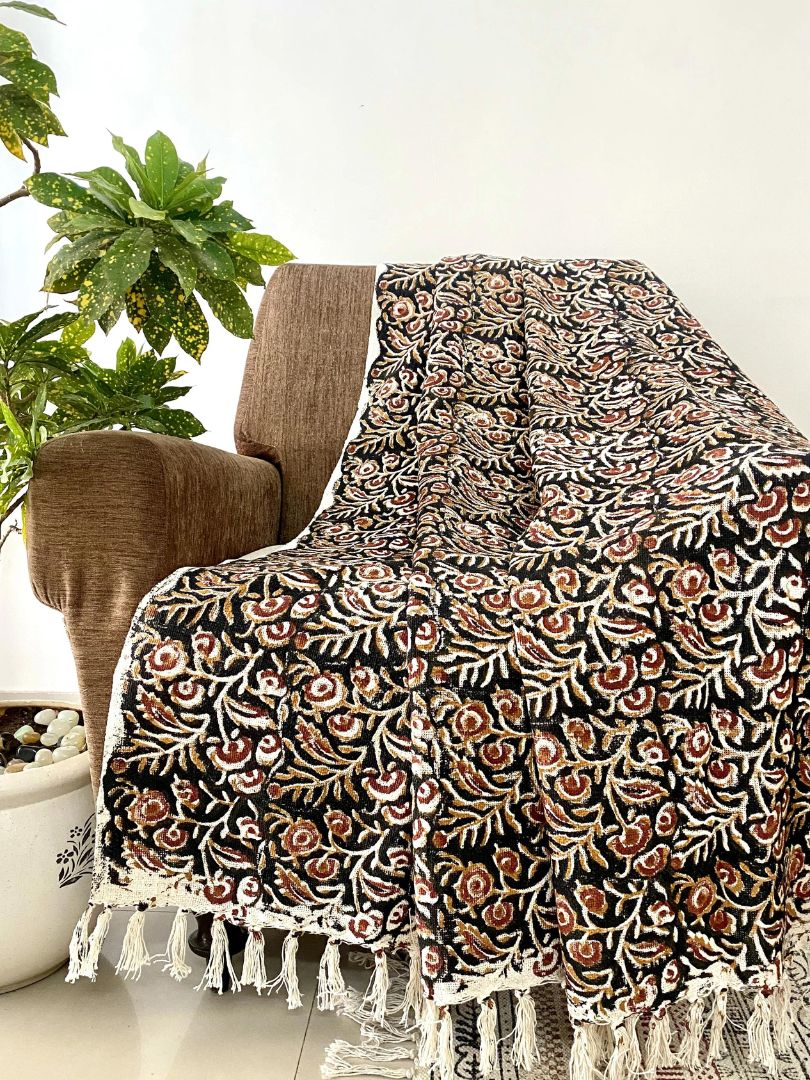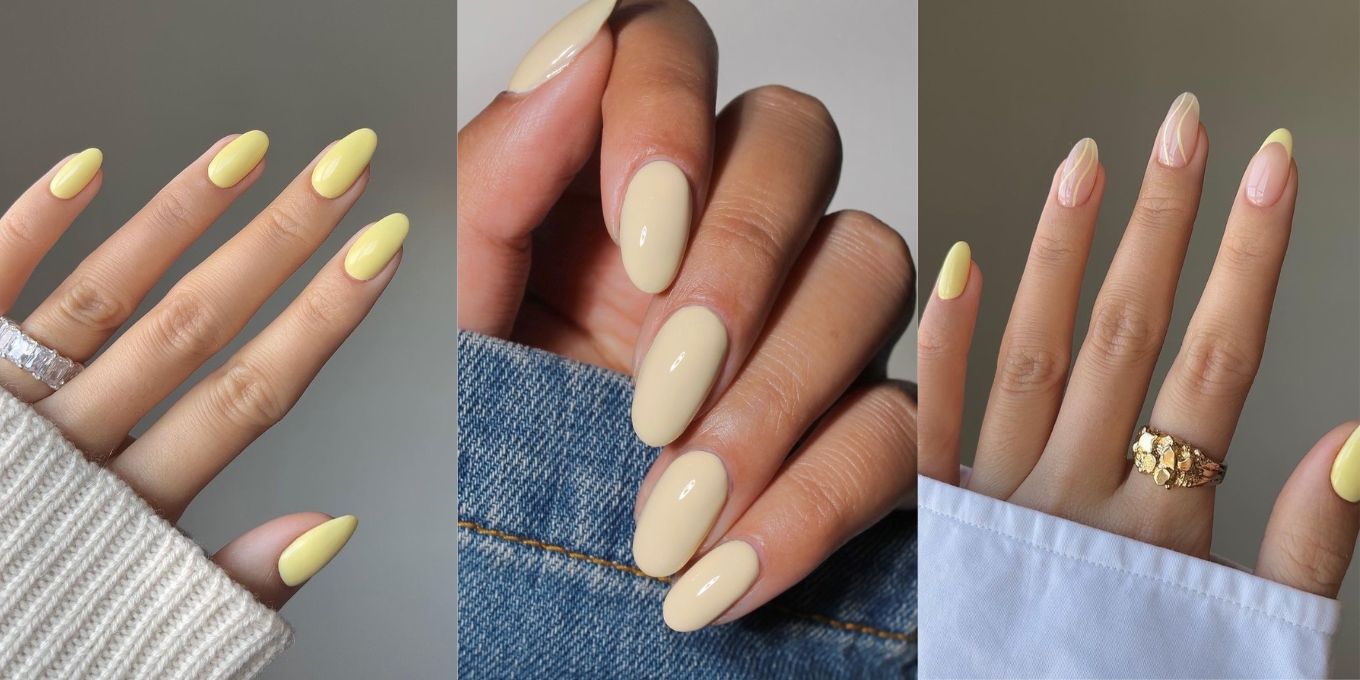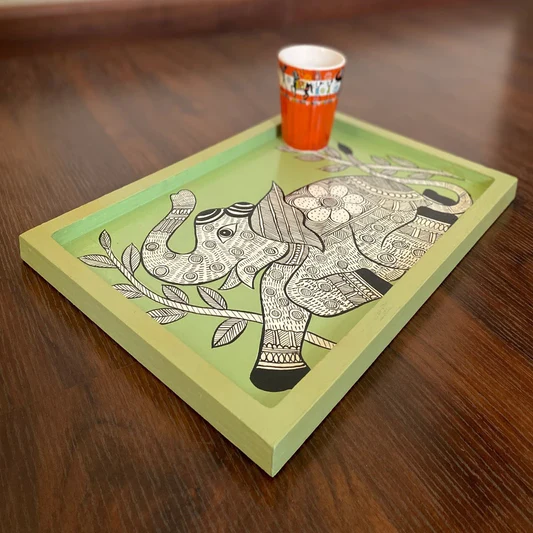Why Rajasthan’s Miniature Paintings Are a Must-See for Art Lovers
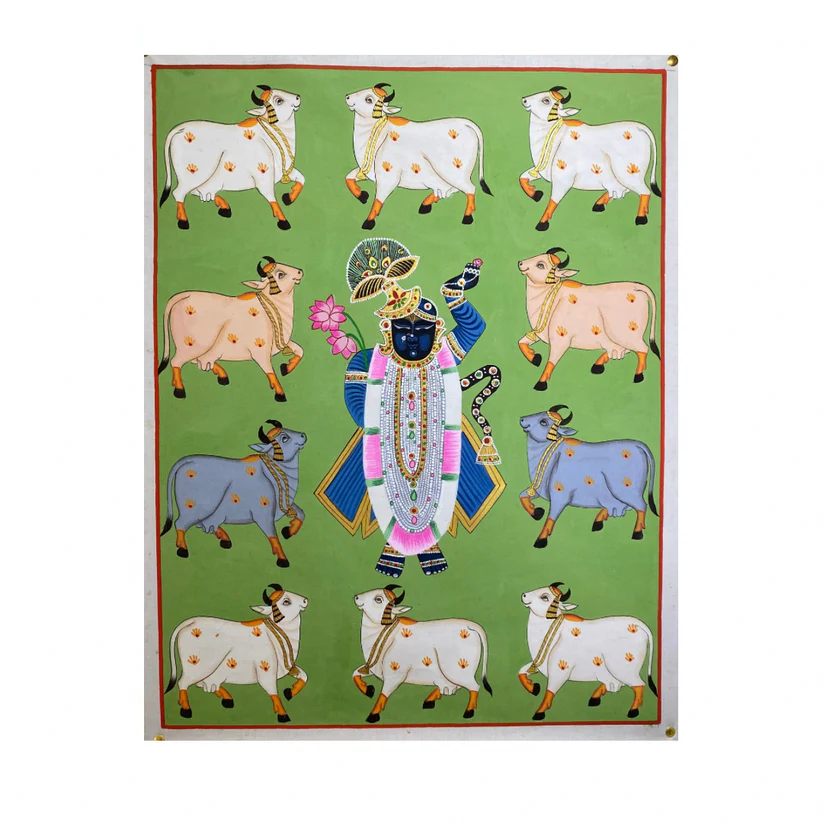
Rajasthan is renowned for its vibrant culture, historic palaces, and rich artistic heritage. Among its many artistic traditions, miniature paintings stand out as a timeless expression of skill, devotion, and storytelling. These intricate artworks, characterized by detailed brushwork, natural pigments, and symbolic themes, have captivated art lovers for centuries.
Miniature paintings are not just decorative pieces; they represent the history, culture, and craftsmanship of Rajasthan. In this article, we will explore why these paintings are a must-see, their unique styles, themes, and connection to related art forms like Pichwai Paintings and Birds on Canvas.
A Brief History of Rajasthan’s Miniature Paintings
Miniature painting in Rajasthan dates back to the 16th century, influenced by Persian, Mughal, and indigenous Rajput art styles. Over the years, various princely states developed their own distinctive painting styles, often depicting royal life, religious stories, and nature.
These paintings were created on handmade paper, silk, and wood panels, using natural colors and fine detailing techniques. The meticulous craftsmanship required to produce these masterpieces has made them highly valued in the world of art and history.
The Unique Styles of Rajasthani Miniature Art
Over time, different regions of Rajasthan developed unique miniature painting styles, each reflecting the cultural influences of the region.
1. Mewar Style
-
Originated in Udaipur and Chittorgarh.
-
Known for bold colors, expressive figures, and religious themes.
-
Frequently depicts scenes from the Ramayana and Mahabharata.
2. Marwar Style
-
Flourished in Jodhpur, Bikaner, and Jaisalmer.
-
Focuses on courtly life, hunting expeditions, and battle scenes.
-
Features detailed architecture, animal figures, and natural landscapes.
3. Bundi-Kota Style
-
Developed in Bundi and Kota, famous for monsoon themes and lush greenery.
-
Uses delicate brushwork and soft color tones.
-
Often portrays romantic scenes and nature-inspired compositions.
4. Kishangarh Style
-
Famous for the Bani Thani painting, symbolizing beauty and elegance.
-
Depicts elongated eyes, delicate facial features, and graceful postures.
-
Primarily features Radha-Krishna love stories and poetic themes.
5. Bikaner Style
-
Strong Mughal influence, featuring Persian-style floral designs and calligraphy.
-
Includes portraits of rulers, saints, and detailed palace interiors.
-
Known for fine detailing and a blend of Rajasthani and Persian art techniques.
Why Miniature Paintings Are a Must-See for Art Lovers
Miniature paintings are not just visually stunning—they hold deep cultural and historical significance. Here’s why every art lover should explore this exquisite form of Rajasthani art.
1. A Window Into Rajasthan’s Royal Past
-
Miniature paintings serve as historical records of Rajasthan’s rulers, their courtly life, and grand celebrations.
-
They depict elaborate royal processions, battle scenes, and festivals, giving insight into Rajput traditions and grandeur.
2. Intricate Detailing and Artistic Precision
-
Miniature paintings require years of training and precision, with artists using single-hair brushes to paint intricate details.
-
Every stroke, pattern, and color is applied with meticulous care, making each painting a true masterpiece.
3. Symbolism and Storytelling
-
The themes of these paintings go beyond visual appeal; they carry deep symbolic meanings.
-
Religious narratives, romantic themes, and folklore are often illustrated with elements like lotus flowers (purity), peacocks (love), and divine figures (spirituality).
4. Connection to Devotional and Cultural Art Forms
-
Miniature paintings have influenced other forms of Rajasthani art, including Pichwai Paintings, which are used in temple decorations. These paintings feature intricate depictions of Lord Krishna in devotional settings. You can explore Pichwai Paintings here.
-
Another related art form is Birds on Canvas, which celebrates nature through delicate depictions of birds in their natural habitat. You can view Birds on Canvas here.
Techniques Used in Miniature Painting
Creating a miniature painting is a time-intensive process that follows a structured artistic method.
1. Surface Preparation
-
The painting surface is handmade paper, silk, or wood.
-
The surface is polished with starch and gum mixture to ensure smoothness.
2. Sketching the Design
-
Artists draw the basic outline using charcoal or fine ink.
-
The composition is refined to ensure balance and accuracy.
3. Applying Natural Colors
-
Traditional colors are made from minerals, plants, and organic materials.
-
Some common natural pigments include:
-
Red – Extracted from cinnabar.
-
Yellow – Derived from orpiment.
-
Blue – Sourced from lapis lazuli.
-
Green – Made from malachite.
-
Gold and Silver – Used for embellishments and highlights.
-
4. Fine Detailing and Finishing Touches
-
Artists use ultra-thin brushes for delicate detailing.
-
Gold and silver foil is added to enhance decorative elements.
-
The painting is polished for a refined and finished look.
The Influence of Miniature Art on Contemporary Art
Despite its deep roots in history, Rajasthani miniature art continues to inspire modern artists.
1. Fusion with Modern Art
-
Many contemporary artists incorporate miniature painting styles into modern art forms.
-
This fusion has led to digital adaptations, mixed-media art, and mural-style miniature works.
2. Revival and Preservation Efforts
-
Various organizations and museums are working towards preserving miniature painting techniques.
-
Art institutions conduct workshops to train new artists and keep the tradition alive.
3. Growing Popularity in Home Décor and Fashion
-
Miniature-inspired motifs are widely used in textiles, clothing, and jewelry designs.
-
Many homeowners choose miniature-style wall art and décor pieces to add a touch of Rajasthan’s artistic heritage to their interiors.
Conclusion
Rajasthan’s miniature paintings are a treasured part of India’s artistic legacy. The combination of intricate details, natural colors, and rich storytelling makes them a must-see for every art lover.
For those fascinated by traditional Indian art, exploring Pichwai Paintings, known for their devotional themes, and Birds on Canvas, which depict nature’s beauty, provides a deeper appreciation of Rajasthan’s artistic heritage. By supporting these art forms, we contribute to the preservation of this extraordinary tradition for future generations.
Most Read
- #Activated Calcium Carbonate
- #best dentist in udaipur
- #Dentist in Udaipur
- #Digital Advertising Courses in Udaipur
- #jodhpur taxi service
- #Restorative dentistry in udaipur
- #short tour of rajasthan
- #thai spa in udaipur
- #tour operators in Rajasthan
- 5-star-luxury-hotel-in-gandhinagar
- Android Application Development
- Benefits of Thai Spa
- Best Bridal Makeover Studio in Udaipur Bridal makeup artist in udaipur
- best camp in Jaisalmer
- best desert camp in Sam Jaisalmer
- Best Desert Camps in Jaisalmer
- Best Desert Camps In Jaisalmer Luxury Tent In Jaisalmer
- Best Hotel in Dwarka
- Best Hotel in Udaipur
- best hotel in udaipur Best room in udaipur
- Best Hotel Management Company in India
- best hotels in gandhinagar
- best Jaisalmer tour package
- best makeup artist in Udaipur
- best marble in india
- Best Spa Center in Udaipur
- best spa in Udaipur
- best taxi service in Rajasthan
- best tour operator in rajasthan
- Best Vastu Consultant in India
- best wedding planners in Jaisalmer
- best wooden shoe rack
- book jaisalmer desert camp
- Book Luxury hotel and resort in Dwarka
- Book Luxury Hotel room in Dwarka Luxury Villas in Dwarka
- Book Make up Artist in Udaipur
- Bridal Makeover Studio in Udaipur
- Bridal makeup in udaipur
- Budget Camps In Jaisalmer
- Budget Camps In Jaisalmer star gazing in jaisalmer
- Budget hotel in Jaisalmer
- Buy Al Fakher Online
- Buy Furniture Online
- Buy Hand Block Print Bedsheets Online Buy Dining Table Runners Online In India
- buy king size bed online
- buy sofa Furniture online
- Buy Wood Coffee Table
- Buy Wooden Furniture Online in India
- cab service in Jaisalmer
- cafes in Udaipur
- Camel Safari in Jaisalmer
- Camps In Jaisalmer
- car ac repair
- City Palace Udaipur
- Core PHP vs Frameworks
- Couple Massage
- Deep Tissue Massage
- Deep Tissue Massage in Udaipur
- Deep Tissue vs. Gentle Massage
- desert adventure camp in Jaisalmer
- Desert Camp in Jaisalmer
- Desert Camping Tours
- desert camps in Jaisalmer
- Desert Camps In Jaisalmer best Jaisalmer tour package
- desert safari in Jaisalmer
- Four-Hands Massage in Udaipur
- furniture shop in Udaipur
- Gadisar Lake
- Graphics Design Company In Udaipur
- guest makeup in Udaipur
- Half Day Camel Safari
- Hand Block Printed Saree
- Hotel Housekeeping
- Hotel HR
- Hotel Management Academy in Kota
- Hotel Management Course
- Hotels Dwarka Beach
- Hotels in Gandhinagar 5 star hotel in gandhinagar
- international hotels in udaipur
- Jaipur
- Jaisalmer
- jaisalmer desert camp Festival & Event Tour
- Jaisalmer Desert Camps
- Jaisalmer Fort
- jaisalmer Resort in Jaisalmer Overnight Camel Safari
- Jaisalmer Sightseeing Tour
- Jaisalmer Travel Guide
- Jaisalmer-sightseeing tours
- Jaisalmer’s Hidden Forts
- Kid Indoor Play Equipment Activity Toys Manufacturer
- Leading Hotel Management Company
- Longewala
- Luxury Camps In Jaisalmer
- Luxury Camps In Jaisalmer Desert Swiss Tent
- Luxury Tent In Jaisalmer
- Luxury tents In Jaisalmer
- Marble manufacturers in India
- Marble suppliers in India
- Markets of Yavatmal
- Massage
- Multani Mitti Exporters
- Multani Mitti exporters in India
- Multani Mitti Manufacturer
- Multani Mitti suppliers
- Multani Mitti Suppliers In India
- Natural Stone Supplier in India
- online taxi booking in udaipur
- Overnight Camel Safari
- Party Makeup in udaipur
- Rajasthan Tour Itinerary
- Ranthambore
- Ranthambore Jungle Safari
- Ranthambore Safari Booking
- Ranthambore Safari Zones
- Resort in Dwarka Luxury Hotel room in Dwarka
- Resort in Jaisalmer
- Sandstone suppliers in india
- Spa in Udaipur
- Standard Rooms in Jaisalmer
- star gazing in jaisalmer
- taxi service in Jaisalmer
- Taxi Service in Jodhpur Tempo Traveller in Jodhpur
- taxi service in Udaipur
- tents in Jaisalmer
- Thai Massage
- Thai massage in Udaipur
- udaipur
- Udaipur at Night
- Udaipur makeup artist
- Vapor station UAE
- Waghadi River
- Wall Plates
- Web Design
- Web Design Trends
- Website Development Company In Udaipur
- wedding venues in Udaipur
- White Mist Granite in India

